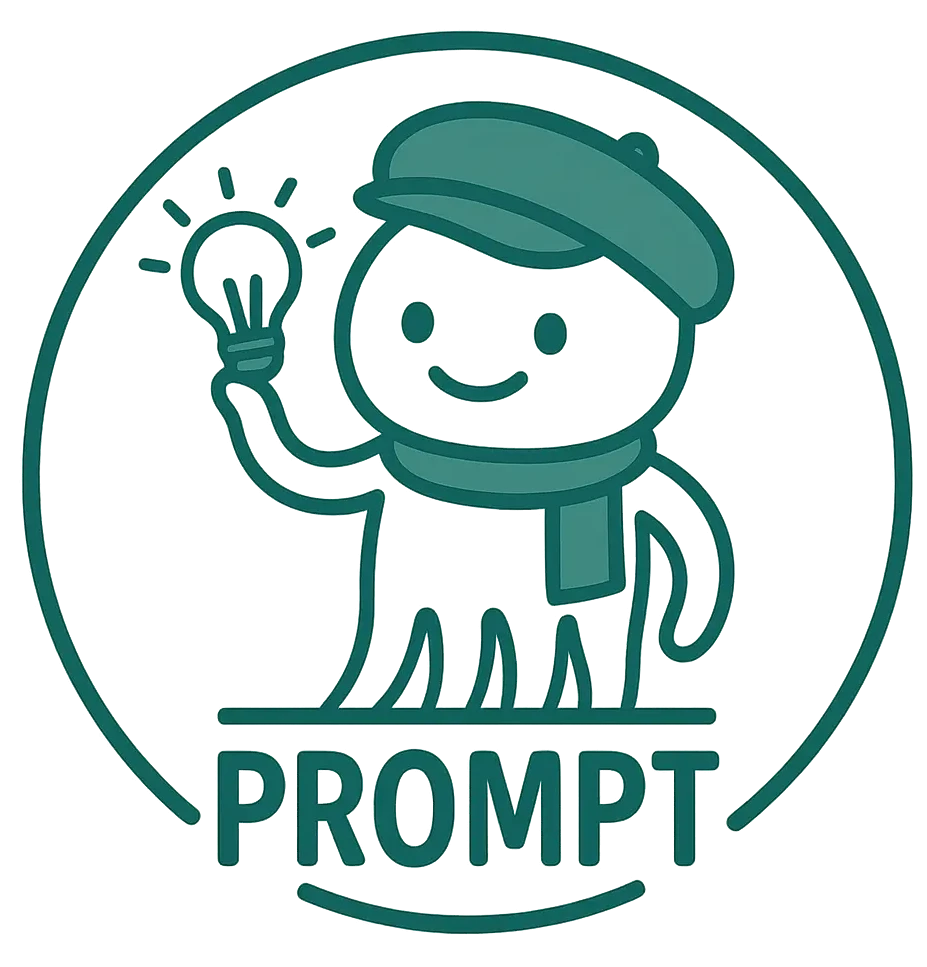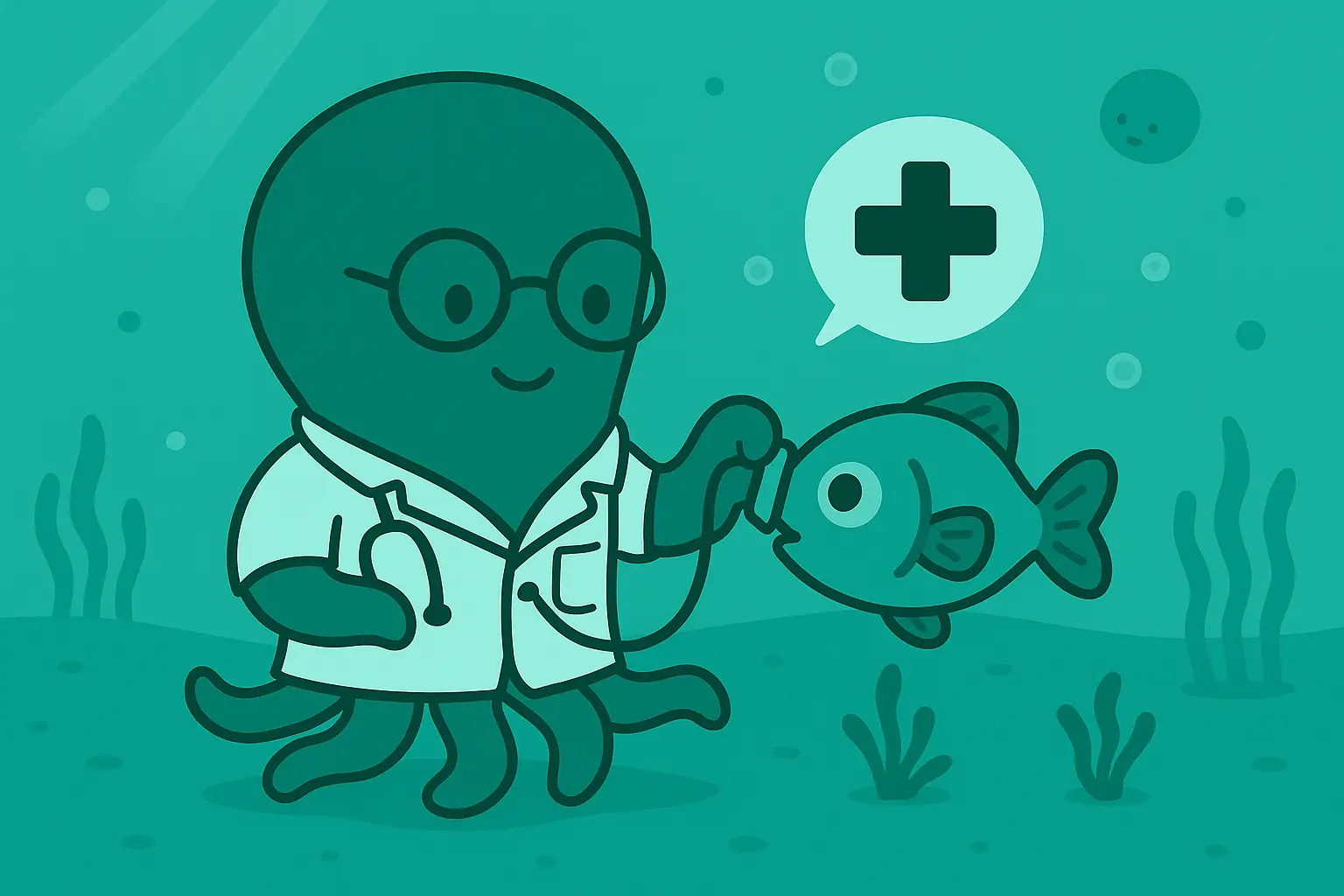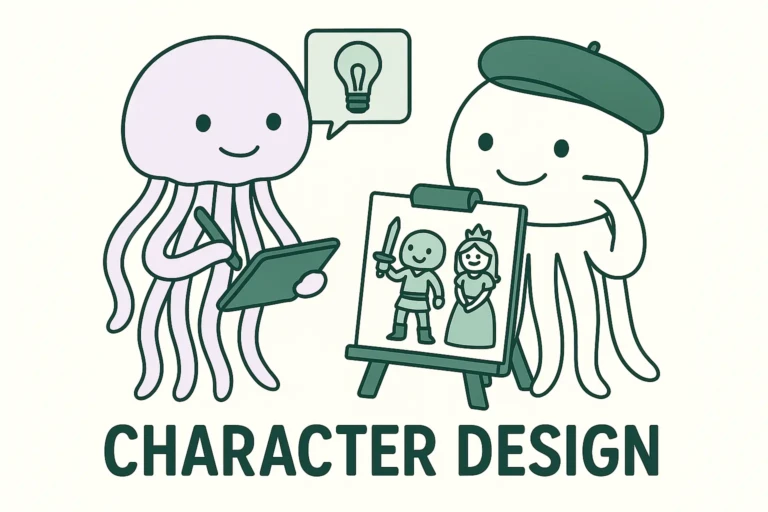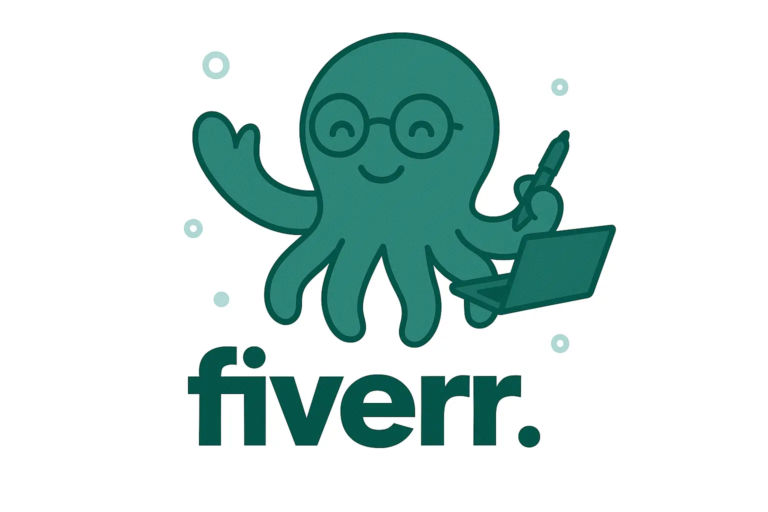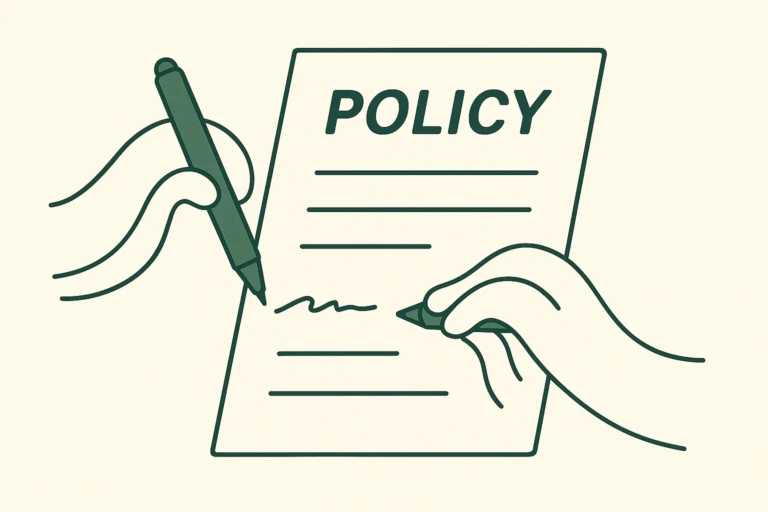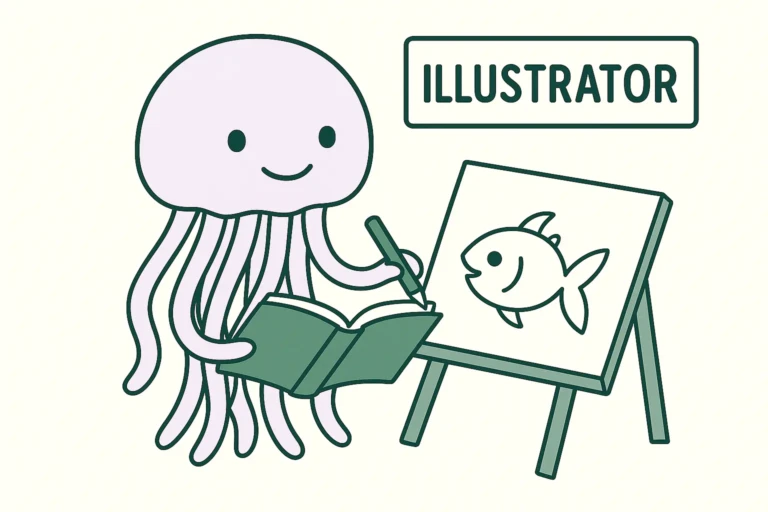10 ChatGPT Prompts for Doctors
Doctors don’t need more information — they need faster ways to use it.
These ChatGPT prompts help with writing notes, patient education, simplifying complex terms, and managing communication.
Whether you’re a busy GP, specialist, or medical educator, these will save you time while keeping your voice clear, accurate, and human.
1. Prompts to Write a Patient-Friendly Summary
#CONTEXT:
You need to explain a diagnosis or condition without using complicated terms.
#GOAL:
Simplify medical information for a patient or caregiver.
#RESPONSE GUIDELINES:
• Condition: [insert diagnosis]
• Age group: [insert: adult, teen, child, senior]
• Tone: [insert tone: calm, reassuring, friendly]
• Include cause, symptoms, and next steps
• Keep it under [insert word count]
#OUTPUT:
A plain-English explanation I can give to patients.2. Prompts to Draft a Medical Note or Summary
#CONTEXT:
You’ve seen a patient — now you need to write a short, structured summary.
#GOAL:
Generate a SOAP-style clinical note.
#RESPONSE GUIDELINES:
• Chief complaint: [insert]
• Key findings: [insert HPI, exam, labs]
• Diagnosis: [insert or leave blank]
• Plan: [insert treatment or referrals]
• Format using SOAP structure
#OUTPUT:
A well-formatted clinical note for documentation or EMR entry.3. Prompts to Create a Health Education Handout
#CONTEXT:
You want to give patients a quick overview of a condition or lifestyle tip.
#GOAL:
Create a one-pager they can take home or view online.
#RESPONSE GUIDELINES:
• Topic: [insert: blood pressure, back pain, diabetes, etc.]
• Audience: [insert: general patients, parents, teens]
• Include what it is, causes, symptoms, and 3 tips for management
• Keep it visual and scannable
• Avoid jargon
#OUTPUT:
A patient education sheet I can print or send digitally.4. Prompts to Translate Medical Jargon Into Plain English
#CONTEXT:
You’re writing for patients, and your first draft is too technical.
#GOAL:
Simplify clinical language without losing accuracy.
#RESPONSE GUIDELINES:
• Paste paragraph or terms: [insert text]
• Audience: [insert: patient, caregiver, non-clinical staff]
• Keep tone clear and respectful
• Use simple analogies where helpful
#OUTPUT:
A rewritten version patients can understand.5. Prompts to Respond to Common Patient Questions
#CONTEXT:
You want to save time answering FAQs or messages in a clear, helpful way.
#GOAL:
Write short, kind responses to repeat questions.
#RESPONSE GUIDELINES:
• Question: [insert patient’s question]
• Tone: [insert tone: professional, kind, clear]
• Keep it under 5 sentences
• Add 1 action step if needed (e.g., follow-up, test, rest)
• Optional: include a disclaimer
#OUTPUT:
A ready-to-send message that sounds helpful, not rushed.6. Prompts to Create a Referral or Discharge Summary
#CONTEXT:
You’re referring a patient or discharging them from care — and need to hand off info clearly.
#GOAL:
Write a structured summary for another provider.
#RESPONSE GUIDELINES:
• Diagnosis and brief history: [insert]
• Investigations: [insert results]
• Treatment provided: [insert]
• Recommendations or next steps
• Tone: clinical and concise
#OUTPUT:
A summary letter I can send to another healthcare provider.7. Prompts to Generate Lifestyle Advice by Condition
#CONTEXT:
You want to give basic lifestyle advice tailored to a medical condition.
#GOAL:
Create 3–5 practical lifestyle tips.
#RESPONSE GUIDELINES:
• Condition: [insert: prediabetes, hypertension, GERD, etc.]
• Patient profile: [insert: age, lifestyle, comorbidities]
• Tone: positive and encouraging
• Keep it practical and doable
• Optional: include things to avoid
#OUTPUT:
Lifestyle tips I can copy into discharge notes or handouts.8. Prompts to Create a Patient Follow-Up Reminder
#CONTEXT:
You want to send a short reminder for labs, medication, or follow-up visits.
#GOAL:
Write a friendly, automated-sounding follow-up message.
#RESPONSE GUIDELINES:
• Purpose: [lab test, repeat prescription, review appointment]
• Timing: [insert date or timeframe]
• Tone: professional, kind, and short
• Include: what they need to do and contact info
#OUTPUT:
A reminder message I can copy into email or patient portals.9. Prompts to Draft a Brief Presentation for Colleagues
#CONTEXT:
You’re preparing for grand rounds or a case presentation.
#GOAL:
Write a short, structured slide deck outline.
#RESPONSE GUIDELINES:
• Topic or case: [insert summary]
• Audience: [insert: residents, specialists, mixed level]
• Include sections: intro, background, case, discussion, takeaways
• Keep language clinical but clear
• Optional: add 1 quiz or reflection question
#OUTPUT:
A slide outline I can plug into PowerPoint or Google Slides.10. Prompts to Keep Track of Ongoing Research or Guidelines
#CONTEXT:
You want a quick update or summary on evolving topics or new guidelines.
#GOAL:
Summarize current evidence in plain terms.
#RESPONSE GUIDELINES:
• Topic: [insert: long COVID, new hypertension guideline, etc.]
• Source preference: [WHO, CDC, NICE, etc.]
• Summarize in 3–5 bullet points
• Add link to full guideline if available
• Tone: clinical but concise
#OUTPUT:
A quick update I can review or share with colleagues.How to Use These Prompts Effectively
• Be specific
Tell ChatGPT the condition, patient profile, or goal — and it’ll give you better output.
• Ask for versions
Say “simplify this,” “make it warmer,” or “shorten to 3 lines.”
• Turn outputs into templates
Reuse strong answers in your clinic notes, handouts, or inbox replies.
• Use it to prep smarter
Speed up admin tasks so you can spend more time with patients.
• Always review carefully
ChatGPT can save time — but clinical judgment still comes first.
Conclusion: 10 ChatGPT Prompts for Doctors
Your time matters. These prompts help you spend less of it on paperwork — and more on patient care.
Use ChatGPT as your assistant for writing, explaining, and organizing.
With the right prompts, you’ll get clarity, speed, and consistency — without losing your human touch.
